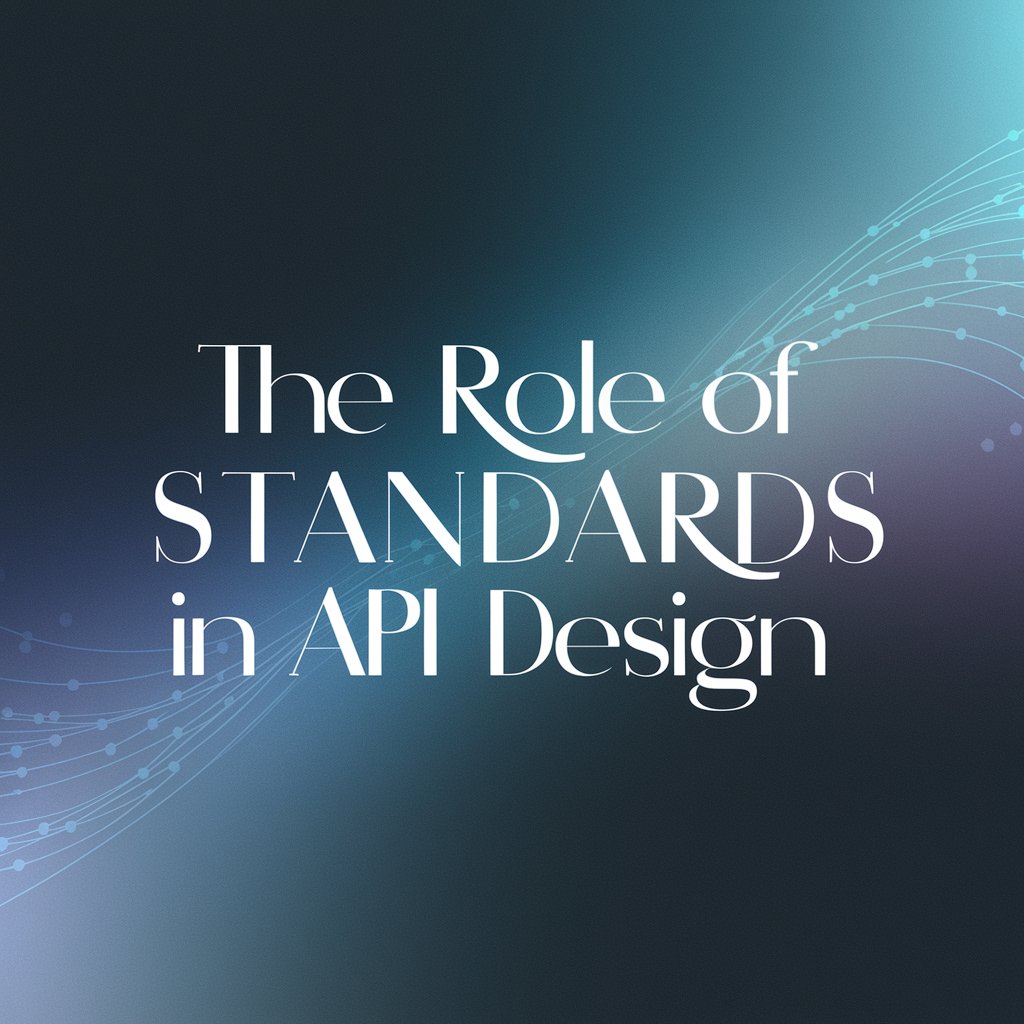Introduction
The digital content landscape is evolving rapidly, and 2025 marks a turning point with Google’s latest updates to its Helpful Content System. At the same time, AI blog post generators are becoming indispensable tools for content strategists and marketers. This intersection has sparked crucial conversations about quality, authenticity, and optimization. So, how exactly are these AI-powered writing tools impacting Google’s vision for “people-first” content?
Let’s explore the implications, challenges, and opportunities of using an AI Blog Post Generator in the context of Google’s most recent algorithmic changes.
What Is Google’s Helpful Content Update in 2025?
Google’s Helpful Content Update was designed to promote high-quality content created for users rather than for search engines. In 2025, the update has become even more refined. It now:
- Prioritizes content demonstrating first-hand experience.
- Rewards websites with topical authority and original perspectives.
- Uses advanced AI and machine learning to detect thin, unhelpful, or auto-generated content.
In essence, Google is doubling down on authenticity. Content that doesn’t genuinely add value to the reader—regardless of how well it’s optimized—may struggle to rank.
The Rise of AI Blog Post Generators
AI blog post generators like Bloggr.AI, eladelantado and Writesonic have revolutionized the way content is created. These tools can produce SEO-optimized blog posts, outlines, introductions, and more, all within minutes.
Key Benefits:
- Speed & scalability: Enables businesses to publish consistently.
- SEO integration: Automatically includes keywords, meta descriptions, and headings.
- Cost-effective: Reduces dependency on large writing teams.
Main Concerns:
- Lack of originality: Many AI tools draw from similar data pools.
- Voice dilution: Content can lack brand tone or emotional resonance.
- Surface-level information: Risk of shallow content with little depth or analysis.
How Google Detects and Assesses AI-Generated Content
While Google doesn’t explicitly penalize AI-generated content, it scrutinizes low-quality content, regardless of its origin. Google’s systems — including natural language understanding and spam detection algorithms — now evaluate:
- Repetitive phrasing or unnatural structure
- Lack of originality or user intent satisfaction
- Absence of EEAT (Experience, Expertise, Authoritativeness, Trustworthiness)
Google’s AI tools can spot patterns common in purely machine-generated content — especially when those patterns resemble scraped or rewritten material rather than insightful, value-rich posts.
Ways AI Content Generators Align with Google’s Helpful Content Guidelines
Used wisely, AI blog post generators can support helpful content creation by:
- Accelerating the first draft process, allowing humans to focus on refinement
- Generating SEO-friendly outlines based on user search intent
- Ensuring keyword balance without stuffing
- Providing multilingual support and inclusive language options
Advanced tools like Bloggr.AI go a step further by letting users input detailed prompts, industry context, and brand tone, which helps create content that feels original and tailored.
Best Practices to Ensure AI Content Meets Google’s Helpful Criteria
To stay on Google’s good side in 2025, content creators should treat AI as a co-writer — not a content farm. Here are best practices:
- Start with Human Strategy
Define content goals, audience persona, and search intent before generating content. - Customize AI Output
Avoid publishing raw AI output. Edit for tone, add personal insights, and validate facts. - Use EEAT Principles
Include author bios, cite trusted sources, and share real-world experience or case studies. - Update and Optimize Regularly
Google favors up-to-date content. Use AI tools to refresh old blogs, add new insights, and maintain topical authority. - Avoid Mass Production Without Oversight
Don’t generate 50 articles in one go just for SEO. Each piece must deliver value. - Leverage Tools Like Bloggr.AI Smartly
Platforms like Bloggr.AI offer intelligent templates, fact-checking features, and SERP analysis to help ensure compliance with helpful content standards.
Conclusion
AI blog post generators are here to stay — and in 2025, they’re more powerful than ever. However, success in Google search depends on how you use these tools. When paired with human judgment, SEO strategy, and a commitment to user-first content, AI-generated blogs can thrive under Google’s Helpful Content Update. The key is not just creating content fast, but creating content that helps.





